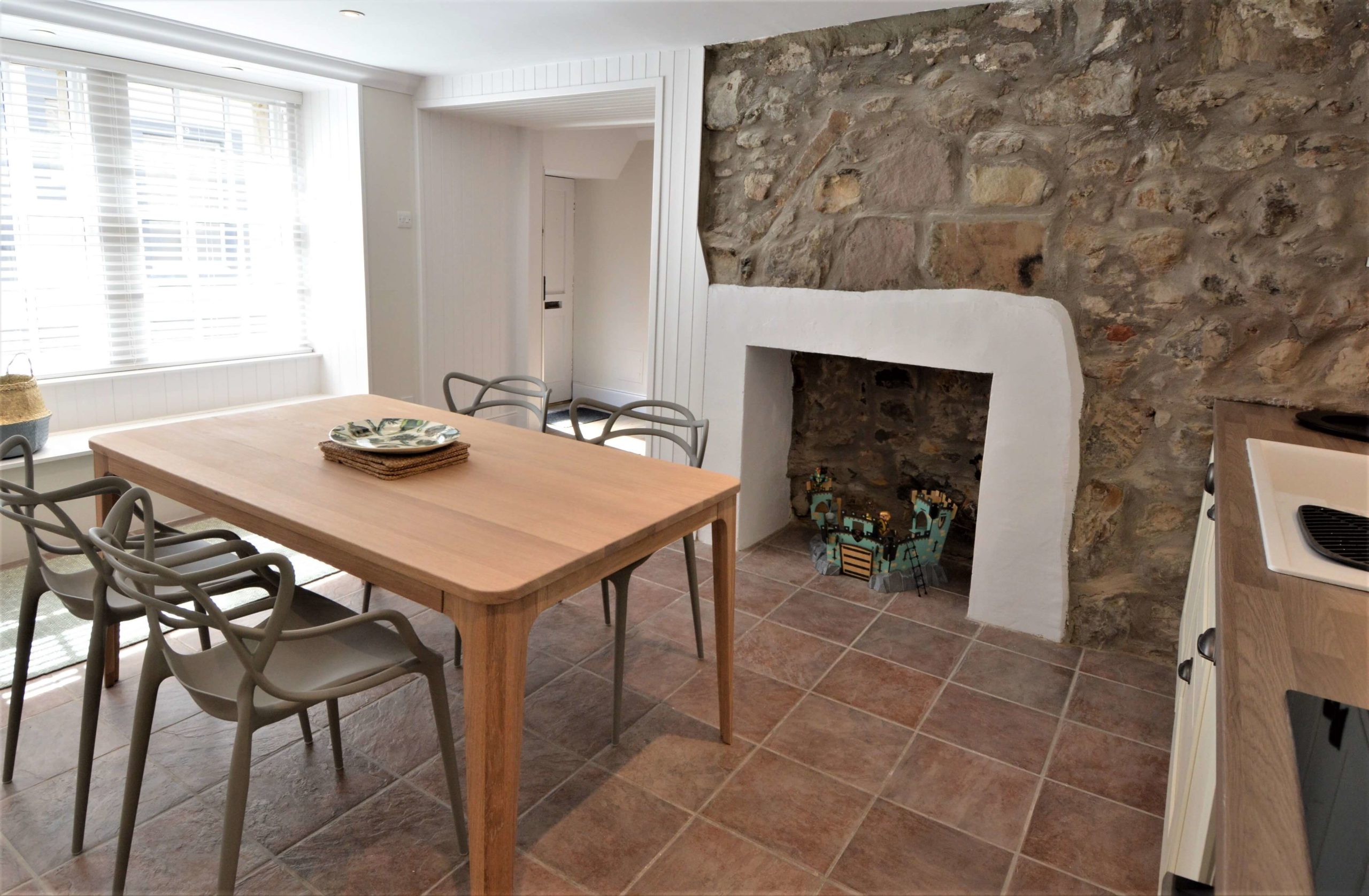Conservation And Restoration
achieving the preservation of the nation’s building stock
Using traditional materials & TEchniques
Muir Walker Pride Chartered Architects believe that the objective of building conservation is to achieve the preservation of the nation’s building stock, and in particular its historic buildings and fine architecture, in the long-term interest of culture, society and environment.
Our team includes members with long associations preserving buildings of historic importance. Working with historic fabric requires us to have a considerable degree of knowledge in traditional materials and techniques, reinforced by a portfolio of specialist craftsmen and artisans.

Using the principles of conservation of historic buildings
Our approach is in accordance with the principles and policies of the key conservation charters and standards of the last century: the Venice Charter published by ICOMOS at the 2nd International Congress of Architects and Technicians of Historic Monuments, Venice in 1964, the Burra Charter published by Australia ICOMOS in 1981, revised in 1999, and the British Standard Guide to the principles of conservation of historic buildings.

Reinvigorating historic buildings



Employing experts in textile and fabric preservation
The assistance of other specialists, such as archaeologists and specialist textile and fabric conservators, may be required to complete a conservation policy. Once developed this policy needs to be managed, both in the short term for the immediate project, and for the life of the building.


Appraising each buildings character
Not all listed buildings need elaborate, full blown Conservation Plans, but every historic site, however modest, benefit from some form of character appraisal to help owners assess more effectively the impact of proposed changes on even the simplest historic building.


